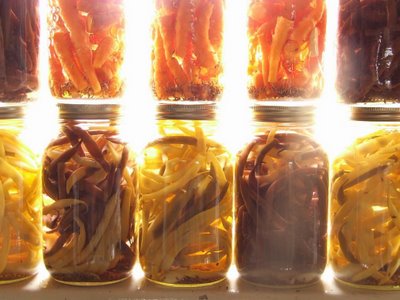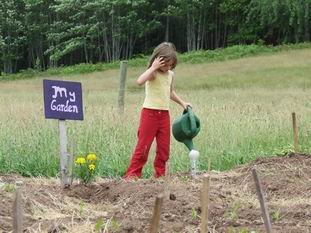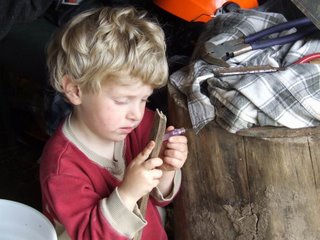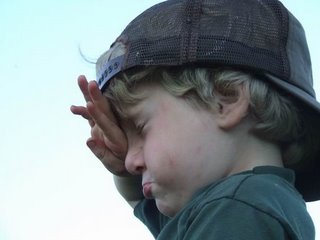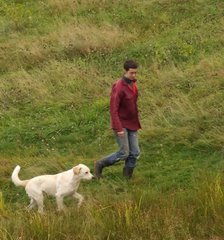
When I started this blog last summer, I was longing for many things - connection, a creative outlet, a place to share the story of our work here at Old Man Farm. I imagined that blogging would bring me closer to friends and family, encourage other people striving to live more lightly on the earth, and give me time to reflect on our experiences.
What I did not anticipate is that the nature of our "work" would require me to transcend mere chronicling of events - would in fact lead me to share intimately about my own development and that of my family. For farming is not just about tilling the soil and tending the plants - it is ultimately about the the growth of the farmers, their journey into rootedness, their own cycles of dieback and new life, the regeneration of the human spirit.
If anyone is still visiting this poor, neglected site, you'll have noticed a rather long hiatus. For a while, we needed to focus all of our efforts on the challenges at hand, and I didn't have much extra energy for reflection. But a small, pestering voice has continued to remind me that writing fully about our experiences is the best course - both in terms of helping me reflect on our journey, and in terms of faithfully sharing that journey with others at a time in human history when having discussions about sustainability is crucial.
My New Year's resolution is to re-commit to this space, to this work: to chronicling the fragile, messy, glorious, riotous, painful, ecstatic experiment in sustainability that is Old Man Farm.

